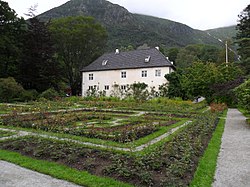
Liselund is an 18th-century aesthetically landscaped park, complete with several exotic buildings and monuments. Situated near Møns Klint on the north-eastern corner of the Danish island of Møn, it is deemed to be one of the finest examples in Scandinavia of Romantic English gardening. The park was created in the 1790s by French nobleman Antoine de Bosc de la Calmette for his wife Elisabeth, commonly known as Lisa. Liselund, roughly translated, means Lise's grove.
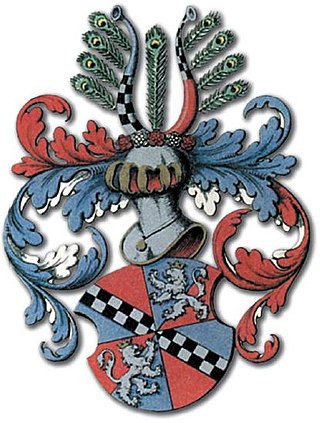
The Rosenkrantz family is the name of a family which belongs to Danish, Norwegian, Swedish and German nobility. The family is known since the 14th century and belongs to the old and high nobility. It has played a prominent role in Denmark and Norway, its members having been estate owners as well as high officials.

Ditlev Vibe was a Danish government official and Governor-general of Norway from 1722 until his death.
Axel Mowat was a Norwegian naval officer and land owner.

Karen Mowat was a Norwegian noblewoman, an heiress, and landowner of Norwegian and Scottish origins.
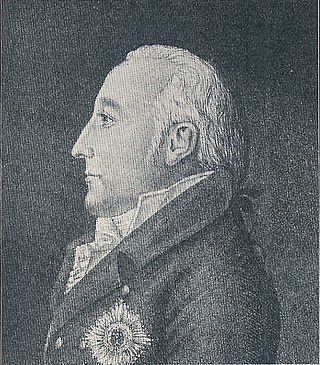
Niels Rosenkrantz was a Danish-Norwegian statesman, diplomat and prime minister. He was the son of Otto Christian Rosenkrantz and Karen Johanne Rønning.
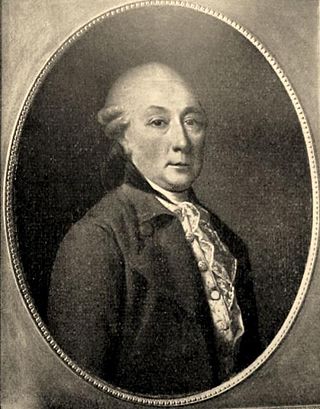
Poul Abraham Lehn, Baron of Lehn and Baron of Guldborgland, was a feudal baron of the Danish and Norwegian nobility and one of the greatest landowners of his time in Denmark.

Gisselfeld, a former monastery, is Denmark's fifth-largest estate. Located between Haslev and Næstved, it extends into several municipalities but the main building is located in Braaby Parish in Faxe Municipality. The estate measures 3,850 hectares, including Hesede, Edelesminde, Brødebæk and Gødstrupgård, of which 2,400 hectares is forest. The three-storeyed Renaissance-style building has stepped gables, loopholes and a projecting tower over the main gate. The grounds include a moat, a well-kept park, lake, waterfall, gardens, greenhouse, and a fountain. A recent addition in its forest is a 45 meter tall hyperboloid tower.

Skaføgård is a manor house in the parish of Hvilsager in Syddjurs Municipality in the eastern Jutland peninsula of Djursland, Denmark. It is not one of Denmark's largest manor-houses, but one of the best preserved. Inside there is an enormous oak closet carved by the Dutch carpenter Mikkel van Gronningen whose most famous work is the pulpit in Århus Cathedral. The closet covers 13 m2 (140 sq ft) of wall space and, in view of its rich detail, is considered to be one of the most outstanding examples of carved wooden Renaissance furniture in Northern Europe.
Events in the year 1685 in Norway.

Ludvig Rosenkrantz was a Danish-born noble, military officer, civil servant, and land owner who settled in Norway. He was a member of the noble Rosenkrantz family and the first Baron of Norway.
Events from the year 1628 in Denmark.

Axel Rosenkrantz was a Norwegian landowner and baron.
Fuirendal is a manor house and estate located in Næstved Municipality in southeastern Denmark. It has been owned by members of the Holstein family since 1700.

Rosendal is a manor house and estate located 3.5 km south of Faxe in southeastern Denmark. It was until 1781 mostly owned by the intermarried Rosenkrantz and Juul families. The three-winged main building and the three-winged home farm (avlsgården) were listed on the Danish registry of protected buildings and places in 1950. The two-storey main wing is from 1849 and was designed by Michael Gottlieb Bindesbøll but some of the other buildings date from the 17th century. Rosendal is now owned by the Hong Kong-based Danish shipping Jebsen family.

Sæbyholm was a manor house located close to Maribo on the island of Lolland in southeastern Denmark. The estate was acquired byChristian Heinrich August Hardenberg-Reventlow of Krenkerup in 1801 and has been owned by his descendants since then. The three-winged main building and the home farm were listed on the Danish registry of protected buildings and places in 1960. The buildings were delisted in 2012 and demolished in 2013.
Lungholm is a manor house and estate located on the island of Lolland in southeastern Denmark. It has been owned by members of the Lehn family since 1784. The three-winged main building was listed on the Danish registry of protected buildings and places in 1988. It consists of a main wing from 1856 and two side wings from the 16th or early 17th century.

Næsbyholm is a manor house and estate located east of Tybjerg Lake, between Sorø and Glumsø, in Næstved Municipality, some 70 km (43 mi) southwest of Copenhagen, Denmark. Since 1610, Næsbyholm and Bavelse have had the same owners. The three-winged Dutch Renaissance-style main building was reconstructed after fires in 1932 and 1947, incorporating elements from 1585. It is now used as a venue for weddings, conferences and other events. The scenic park was laid out in the 18th century. The Næsbyholm-Bavelse estate covers 1,424 hectares of land (2012), of which approximately half is forest.
Rammegaard is a manor house and estate situated southwest of Lemvig, between Nissum Fjord and Nissum Bredning, in northwest Jutland, Denmark. From 1681 until 1798 the estate was owned by the Barons of Rysensteen but was not part of the barony. The current main building is from 1916. Rammedige, a 410 m long protected defensive rampart, is situated close to the manor house. It is said to date from a conflict with king Angul.
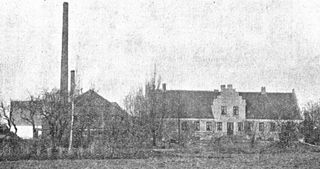
Nybøllegård is a manor house in Funen, Denmark. It has been in the possession of a number of Danish noble families, including the Rosenkrantz and Bille families.
